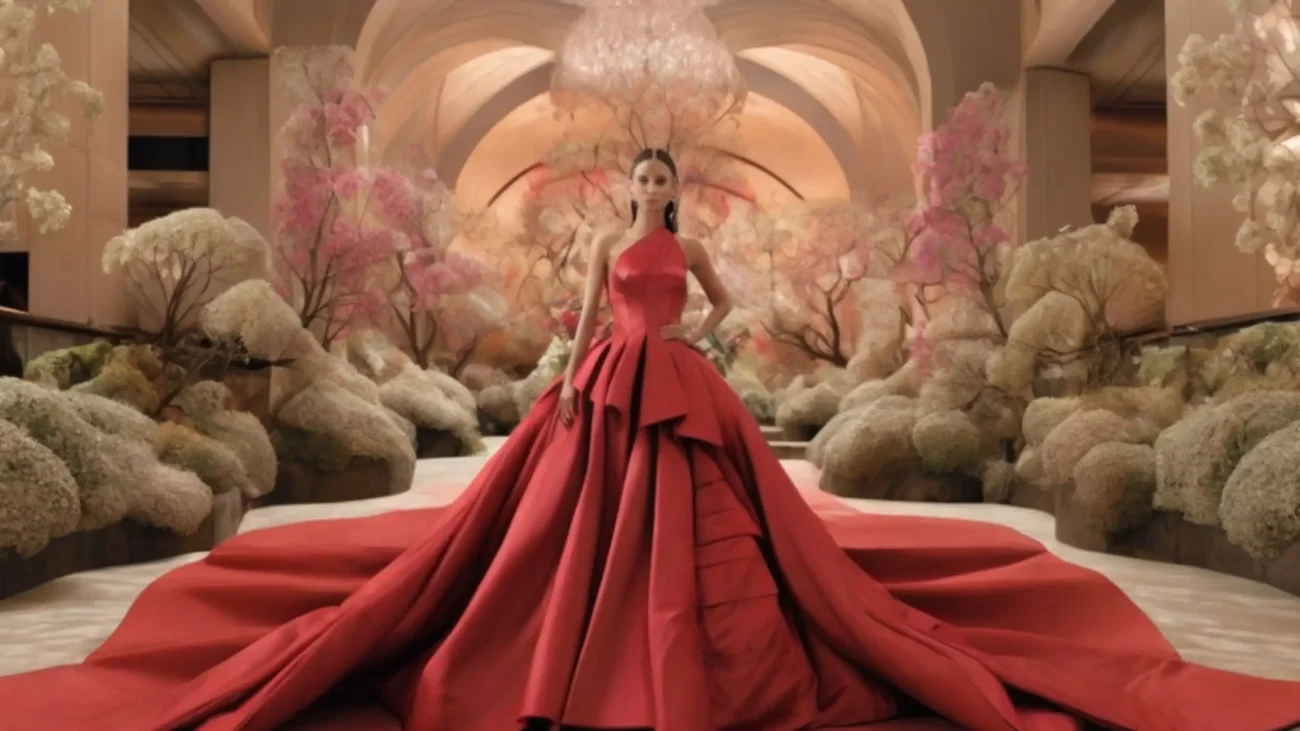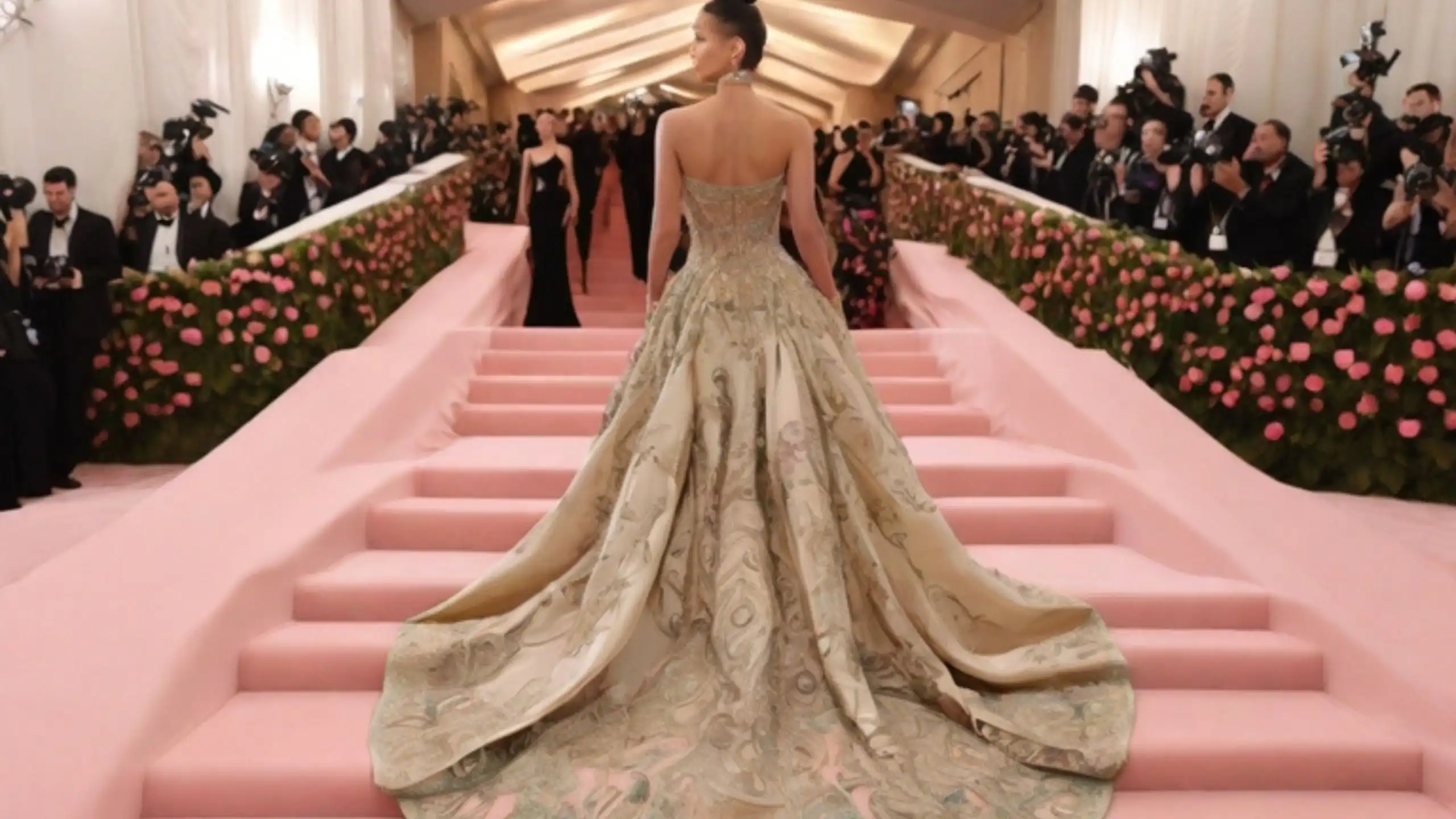The Met Gala, often referred to as “fashion’s biggest night,” is a globally recognized event that blends the worlds of art, culture, and high fashion. Hosted annually by the Costume Institute of the Metropolitan Museum of Art in New York City, this star-studded gala serves as both a fundraising event and a platform for avant-garde fashion statements. In this article, we delve deep into the Met Gala’s history, significance, and indelible impact on fashion and pop culture. Solars Gadget
In This Post
The Origins of the Met Gala
The Met Gala, officially called the Costume Institute Benefit, was first held in 1948. The event was initiated by fashion publicist Eleanor Lambert, a pioneer in promoting American fashion. Initially, the gala was a modest fundraiser to support the Costume Institute, with ticket prices set at just $50. Over the decades, the event evolved from an exclusive society dinner to a global cultural phenomenon.
In 1973, Diana Vreeland, former editor-in-chief of Vogue, became a consultant for the Costume Institute, transforming the Met Gala into the extravagant affair we know today. Under her influence, the gala began to center around annual themes, tying fashion to art, history, and contemporary issues.
Themes: The Heart of the Met Gala
Each year, the Met Gala adopts a thematic focus that guides the attendees’ fashion choices and the Costume Institute’s exhibition. These themes are meticulously curated to provoke thought and celebrate creativity. Notable past themes include:
- “Heavenly Bodies: Fashion and the Catholic Imagination” (2018): This theme explored the intersection of fashion and religious art, featuring opulent designs inspired by the Vatican’s treasures.
- “Camp: Notes on Fashion” (2019): Highlighting the exaggerated and theatrical aspects of style, this theme drew inspiration from Susan Sontag’s seminal essay.
- “In America: A Lexicon of Fashion” (2021): Celebrating American fashion’s evolution and cultural significance. Rank Post
Themes not only inspire boundary-pushing designs but also ignite conversations about fashion as an art form.
A Fundraiser Like No Other
The primary purpose of the Met Gala is to raise funds for the Costume Institute, which operates as the Met’s only department requiring self-funding. Chaired by Vogue editor-in-chief Anna Wintour since 1995, the event has raised millions of dollars annually, with 2023’s gala amassing a record-breaking $17.4 million.
Tickets to the Met Gala are notoriously exclusive, with individual tickets costing upwards of $35,000 and tables priced at several hundred thousand dollars. Invitations are extended to a carefully curated guest list comprising celebrities, designers, industry titans, and cultural icons.

Fashion’s Biggest Stage
The Met Gala red carpet is arguably the most-watched fashion event of the year. Unlike typical award show red carpets, the Met Gala encourages attendees to embrace the theme through daring, imaginative, and often controversial ensembles. Some of the most iconic looks in Met Gala history include:
- Rihanna (2015): Wearing a canary-yellow Guo Pei gown with an intricate fur-trimmed cape for the theme “China: Through the Looking Glass.”
- Lady Gaga (2019): Delivering a four-outfit transformation on the red carpet, embodying the “Camp” theme.
- Billy Porter (2019): Arriving as a golden sun god, carried on a litter by six shirtless men.
These moments demonstrate the event’s power to redefine fashion norms and cement cultural milestones.
Cultural Impact Beyond Fashion
While fashion takes center stage, the Met Gala also serves as a cultural barometer, reflecting societal trends and values. The event has addressed issues such as sustainability, inclusivity, and representation in the fashion industry. Designers and attendees often use the platform to make bold political and social statements, challenging traditional norms and sparking global discussions.
Moreover, the gala’s global reach has made it a digital phenomenon. Millions tune in to live streams, social media platforms are flooded with commentary, and fashion critiques dominate headlines for weeks. The Met Gala is not just an event; it is a cultural movement that defines each year in fashion and pop culture.
Behind the Scenes: Planning the Met Gala
Organizing an event as monumental as the Met Gala requires meticulous planning and collaboration. Months of preparation go into curating the exhibition, designing invitations, coordinating the guest list, and producing the red-carpet spectacle. Anna Wintour oversees every detail, ensuring the event maintains its exclusivity and artistic integrity.
The exhibition itself is the centerpiece of the evening. Featuring meticulously crafted displays, the Costume Institute’s curators work tirelessly to ensure the collection aligns with the theme, offering attendees a deep dive into the chosen subject. Ranks Focus
The Future of the Met Gala
As the Met Gala continues to evolve, its impact on the fashion and cultural landscape grows exponentially. Future iterations are expected to delve even deeper into digital innovation, with virtual exhibitions, live-streamed experiences, and collaborations with tech giants to expand accessibility.
However, one thing remains constant: the Met Gala’s unwavering dedication to celebrating the intersections of fashion, art, and culture. Its ability to adapt while maintaining its core mission ensures it will remain a beacon of creativity for generations to come.
The Met Gala is much more than a glamorous evening; it is a celebration of human creativity and artistic expression. Its influence extends beyond the fashion world, shaping cultural conversations and inspiring millions around the globe.

The Iconic Guest List: Who Attends the Met Gala?
The exclusivity of the Met Gala guest list is one of its most intriguing aspects. This is not just an event anyone can buy their way into—it’s an invitation-only affair, meticulously curated by Anna Wintour and her team. Attendees range from Hollywood’s elite and global music icons to high-fashion designers, models, and influential cultural figures.
In recent years, the gala has expanded its inclusivity to feature individuals from various industries, including technology entrepreneurs, activists, and sports personalities, further underlining its cultural significance. Notable figures such as Beyoncé, Zendaya, Kim Kardashian, Elon Musk, and Serena Williams have graced the event, proving that the Met Gala transcends the boundaries of fashion and art.
This exclusive guest list not only generates excitement but also elevates the Met Gala as a meeting ground for artistic and cultural powerhouses, creating iconic moments that dominate global media coverage for weeks.
The Role of Designers in the Met Gala
At the Met Gala, fashion designers play a pivotal role, as they collaborate closely with attendees to create ensembles that embody the year’s theme. These partnerships allow designers to showcase their creativity on one of the most visible stages in the world. From established luxury houses like Gucci, Chanel, and Versace to emerging designers gaining recognition, the Met Gala serves as a launching pad for fashion innovation.
For example, in 2021’s “In America” theme, Ralph Lauren celebrated classic American tailoring, while designers like Christopher John Rogers brought vibrant, modern interpretations of American fashion to life. This fusion of classic and contemporary ensures that the Met Gala remains a platform for creative storytelling.
The Economic and Industry Impact of the Met Gala
Beyond its cultural significance, the Meta Gala has a massive economic impact on the fashion and entertainment industries. Designers, stylists, and brands benefit from the unparalleled exposure provided by the event. A single appearance on the Met Gala red carpet can catapult a designer or model into the global spotlight, leading to increased sales, collaborations, and endorsements.
Moreover, the media frenzy surrounding the gala generates substantial revenue for media outlets, fashion magazines, and digital platforms, solidifying its role as a commercial juggernaut. The Costume Institute also benefits greatly, as the funds raised contribute to preserving and expanding its extensive collection of fashion artifacts.
Memorable Moments in Met Gala History
The Met Gala has been home to countless memorable moments that have left an indelible mark on pop culture. Some highlights include:
- Cher’s Bob Mackie Dress (1974): Cher’s daring, sheer dress epitomized glamour and cemented her status as a style icon.
- Madonna’s “Heavenly Bodies” Look (2018): The pop queen stunned in a regal black Jean Paul Gaultier ensemble, complete with a crown and a cross, perfectly embodying the theme.
- Kim Kardashian’s Wet Look (2019): Designed by Thierry Mugler, this revolutionary dress gave the illusion of water dripping off her body, captivating global audiences.
Each of these moments illustrates the transformative power of fashion and the Met Gala’s ability to create enduring cultural touchstones.
How Social Media Amplifies the Meta Gala
In the digital age, social media has become a key factor in amplifying the reach and influence of the Meta Gala. Platforms like Instagram, Twitter, and TikTok are flooded with real-time updates, red-carpet photos, and behind-the-scenes glimpses, creating an unparalleled level of engagement.
In 2023, the hashtag #MetGala trended worldwide within minutes, accumulating billions of impressions. Influencers and fashion commentators dissected every detail of the attendees’ looks, sparking debates and memes that kept the event at the forefront of online conversations for weeks.
The incorporation of digital influencers into the guest list, such as Addison Rae and Emma Chamberlain, highlights the Meta Gala’s adaptability to evolving media landscapes and its commitment to staying relevant with younger audiences.

Why the Meta Gala Matters
The Meta Gala is not merely a celebration of fashion—it is a platform that explores the interplay between art, history, and identity. Its carefully curated themes challenge attendees and audiences alike to reconsider the cultural narratives embedded in clothing.
Furthermore, the event acts as a mirror reflecting society’s shifting values and priorities. Whether through themes addressing sustainability or diversity, the Meta Gala continually pushes the envelope, ensuring it remains both culturally and socially relevant.
The gala also underscores the importance of funding for artistic preservation. By supporting the Costume Institute, the Meta Gala ensures that future generations can explore the rich history of fashion as an art form.
